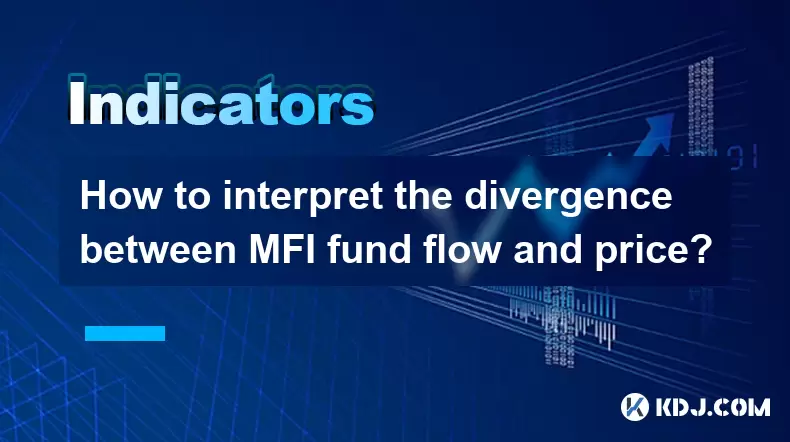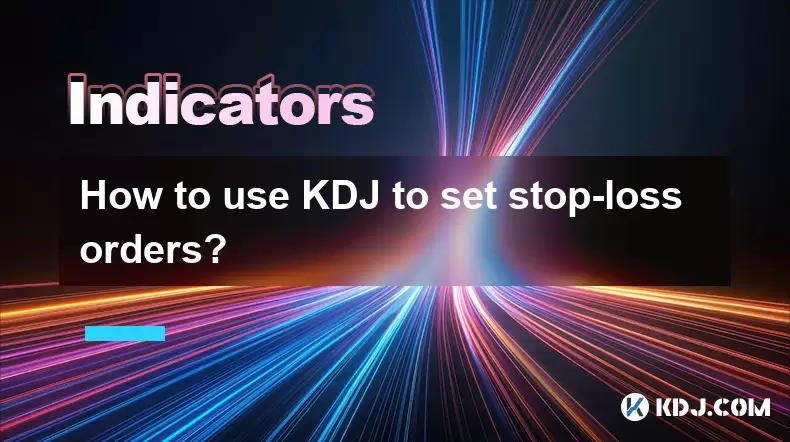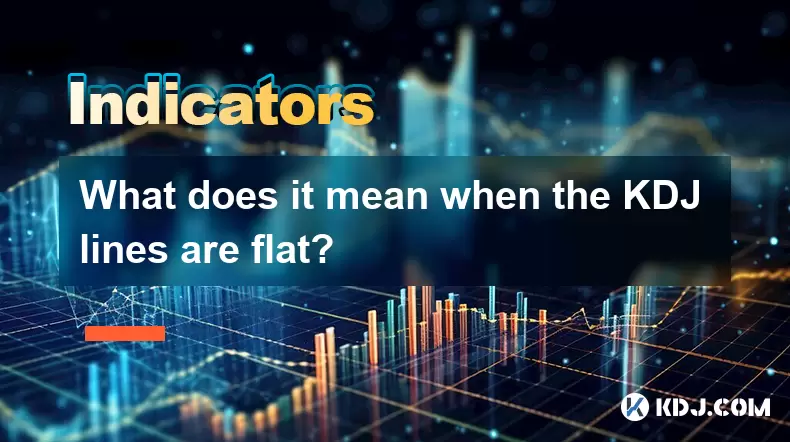-
 Bitcoin
Bitcoin $114700
-3.36% -
 Ethereum
Ethereum $3619
-6.51% -
 XRP
XRP $2.926
-7.66% -
 Tether USDt
Tether USDt $0.9998
-0.02% -
 BNB
BNB $768.6
-4.90% -
 Solana
Solana $168.2
-7.52% -
 USDC
USDC $0.9999
0.00% -
 Dogecoin
Dogecoin $0.2045
-9.02% -
 TRON
TRON $0.3243
-0.27% -
 Cardano
Cardano $0.7208
-8.45% -
 Hyperliquid
Hyperliquid $39.74
-9.17% -
 Stellar
Stellar $0.3882
-8.79% -
 Sui
Sui $3.481
-11.93% -
 Chainlink
Chainlink $16.52
-9.04% -
 Bitcoin Cash
Bitcoin Cash $556.7
-4.79% -
 Hedera
Hedera $0.2444
-11.40% -
 Avalanche
Avalanche $21.96
-8.51% -
 Ethena USDe
Ethena USDe $1.001
-0.02% -
 UNUS SED LEO
UNUS SED LEO $8.950
0.15% -
 Toncoin
Toncoin $3.425
-2.33% -
 Litecoin
Litecoin $104.4
-5.94% -
 Shiba Inu
Shiba Inu $0.00001212
-7.49% -
 Polkadot
Polkadot $3.630
-6.98% -
 Uniswap
Uniswap $9.165
-10.12% -
 Monero
Monero $306.8
-3.10% -
 Dai
Dai $0.9999
-0.01% -
 Bitget Token
Bitget Token $4.360
-3.43% -
 Pepe
Pepe $0.00001049
-9.59% -
 Cronos
Cronos $0.1352
-8.67% -
 Aave
Aave $256.5
-8.03%
How to interpret the divergence between MFI fund flow and price?
The MFI indicator combines price and volume to spot reversals, with divergence—like bearish signals when price hits higher highs but MFI shows lower highs—hinting at weakening momentum.
Jul 30, 2025 at 06:36 pm

Understanding the MFI Indicator and Its Role in Market Analysis
The Money Flow Index (MFI) is a momentum oscillator that combines price and volume data to assess buying and selling pressure in the cryptocurrency market. Unlike the Relative Strength Index (RSI), which relies solely on price, the MFI incorporates volume, making it a more robust tool for detecting potential reversals. The MFI ranges from 0 to 100, with readings above 80 typically indicating overbought conditions and below 20 suggesting oversold levels. When interpreting MFI, traders often compare its movement with price action to detect divergence, a powerful signal that the current trend may be weakening.
What Is Divergence Between MFI and Price?
Divergence occurs when the price of a cryptocurrency moves in one direction while the MFI moves in the opposite direction. This mismatch suggests a weakening in the momentum behind the price trend. There are two main types of divergence: bullish divergence and bearish divergence. A bullish divergence happens when the price makes a lower low, but the MFI forms a higher low, indicating that despite the price decline, selling pressure is decreasing. Conversely, a bearish divergence occurs when the price reaches a higher high, but the MFI forms a lower high, signaling that buying momentum is fading even as the price climbs.
How to Identify Bearish Divergence Step by Step
To identify bearish divergence between MFI and price, follow these steps:
- Plot the MFI indicator on your trading chart using a standard period of 14.
- Observe the price chart and locate two consecutive peaks where the second peak is higher than the first — this confirms an upward price trend.
- Check the corresponding MFI values at those two price peaks. If the MFI reading at the second peak is lower than at the first peak, bearish divergence is present.
- Confirm volume patterns during the second peak; declining volume can reinforce the weakening momentum.
- Wait for confirmation such as a break below a key support level or a bearish candlestick pattern before considering a short position.
This pattern often precedes a price reversal to the downside, especially in overbought conditions (MFI above 80).
How to Identify Bullish Divergence Step by Step
Bullish divergence can signal a potential upward reversal after a downtrend. To spot it:
- Apply the MFI (14-period) to your chart.
- Identify two consecutive troughs in the price where the second trough is lower than the first, indicating a continuing downtrend.
- Examine the MFI at these troughs. If the MFI forms a higher low at the second trough, despite the lower price, bullish divergence is occurring.
- Analyze volume trends; increasing volume on upward moves within the downtrend can support the divergence signal.
- Look for confirmation such as a break above a resistance level or a bullish engulfing candle before entering a long position.
This scenario suggests that although the price is declining, the selling pressure is diminishing, potentially paving the way for a rally.
Common Misinterpretations and How to Avoid Them
Traders often misinterpret divergence due to premature action or lack of context. One common mistake is acting on divergence without waiting for confirmation signals. For instance, a bearish divergence might persist for several candles before the price actually reverses. Another issue arises when traders apply MFI to low-volume or illiquid cryptocurrencies, where volume data may be unreliable, leading to false signals. To avoid this, always cross-verify MFI divergence with other technical indicators such as moving averages, MACD, or support/resistance levels. Additionally, ensure the MFI is calculated using accurate volume data — some exchanges report inflated or manipulated volume, which can distort the MFI reading.
Using MFI Divergence in Different Market Conditions
The effectiveness of MFI divergence varies depending on the market environment. In trending markets, divergence can provide early warnings of trend exhaustion. For example, in a strong uptrend, repeated bearish divergences may indicate that the rally is losing steam, even if the price continues to rise. In ranging or choppy markets, divergence signals may be less reliable due to frequent false breakouts and whipsaws. In such cases, combining MFI with Bollinger Bands or the Average Directional Index (ADX) can help filter out noise. For high-volatility cryptocurrencies, it’s crucial to use longer MFI periods (e.g., 21 or 28) to smooth out erratic volume spikes and reduce false divergence signals.
Practical Example: Spotting Divergence on a BTC/USDT Chart
Let’s consider a real-world scenario on a 4-hour BTC/USDT chart:
- Bitcoin price rises from $60,000 to $65,000, then pulls back to $63,000 before climbing to $66,000 — forming a higher high.
- The MFI during the first peak reaches 85, but during the second peak, it only reaches 78 — a lower high.
- This bearish divergence suggests weakening bullish momentum.
- Volume during the second price peak is lower than during the first, reinforcing the signal.
- Shortly after, the price breaks below the $63,000 support level, confirming the reversal.
This example illustrates how MFI divergence, when combined with volume and price structure, can offer actionable insights.
Frequently Asked Questions
Can MFI divergence occur on different timeframes simultaneously?
Yes, MFI divergence can appear on multiple timeframes. For example, a bearish divergence on the 4-hour chart might align with a bullish divergence on the daily chart. In such cases, traders should prioritize the higher timeframe for strategic direction while using lower timeframes for entry timing.
Does MFI divergence work the same way for altcoins as it does for Bitcoin?
While the principle remains the same, altcoins often exhibit more volatility and erratic volume patterns. This can lead to more frequent but less reliable divergence signals. It’s essential to use tighter risk management and confirm with on-chain data or exchange flow metrics when trading altcoins.
How long should I wait for confirmation after spotting divergence?
There is no fixed duration. Some reversals happen within a few candles, while others may take days. Traders should set a monitoring window based on the timeframe — for instance, 3–5 candles on a 4-hour chart — and use stop-loss orders to manage risk if the expected reversal doesn’t materialize.
Can divergence occur even if MFI is not in overbought or oversold territory?
Absolutely. Divergence is about momentum disconnect, not extreme levels. A bearish divergence at an MFI of 65 can be just as significant as one at 85, especially if it occurs after a prolonged trend and is supported by volume analysis.
Disclaimer:info@kdj.com
The information provided is not trading advice. kdj.com does not assume any responsibility for any investments made based on the information provided in this article. Cryptocurrencies are highly volatile and it is highly recommended that you invest with caution after thorough research!
If you believe that the content used on this website infringes your copyright, please contact us immediately (info@kdj.com) and we will delete it promptly.
- Australia vs Lions: Unleashing Betting Offers and Free Bets for the Thrilling Finale
- 2025-08-01 16:30:11
- Bitcoin, Satoshi, and the Echoes of Ancient Wisdom in DeFi
- 2025-08-01 16:50:12
- ONDO Tokens: Could They Mint the Next Crypto Millionaires?
- 2025-08-01 16:30:11
- Satoshi, Meme Coins, and Substance: A New Era?
- 2025-08-01 16:50:12
- Decoding the Roar: Australia, the Lions, and the Betting Odds
- 2025-08-01 16:55:48
- Bitcoin Price Plummets Amid Trump Tariffs: A Market Sell-Off Deep Dive
- 2025-08-01 16:55:48
Related knowledge

How do I secure my private key?
Aug 01,2025 at 05:14pm
Understanding the Importance of Private Key SecurityYour private key is the most critical component of your cryptocurrency ownership. It is a cryptogr...

How does the KDJ indicator apply to decentralized finance (DeFi) tokens?
Aug 01,2025 at 04:43pm
Understanding the KDJ Indicator in Technical AnalysisThe KDJ indicator is a momentum oscillator derived from the Stochastic Oscillator, widely used in...

What is the difference in KDJ signal interpretation between a trending and a ranging market?
Aug 01,2025 at 03:56pm
Understanding the KDJ Indicator in Cryptocurrency TradingThe KDJ indicator is a momentum oscillator widely used in cryptocurrency trading to identify ...

Does the KDJ indicator work well for low-liquidity crypto assets?
Aug 01,2025 at 02:01pm
Understanding the KDJ Indicator in Cryptocurrency TradingThe KDJ indicator is a momentum oscillator derived from the Stochastic Oscillator, widely use...

How to use KDJ to set stop-loss orders?
Aug 01,2025 at 04:28pm
Understanding the KDJ Indicator in Cryptocurrency TradingThe KDJ indicator is a momentum oscillator widely used in technical analysis within the crypt...

What does it mean when the KDJ lines are flat?
Aug 01,2025 at 03:22pm
Understanding the KDJ Indicator in Cryptocurrency TradingThe KDJ indicator is a momentum oscillator widely used in cryptocurrency technical analysis t...

How do I secure my private key?
Aug 01,2025 at 05:14pm
Understanding the Importance of Private Key SecurityYour private key is the most critical component of your cryptocurrency ownership. It is a cryptogr...

How does the KDJ indicator apply to decentralized finance (DeFi) tokens?
Aug 01,2025 at 04:43pm
Understanding the KDJ Indicator in Technical AnalysisThe KDJ indicator is a momentum oscillator derived from the Stochastic Oscillator, widely used in...

What is the difference in KDJ signal interpretation between a trending and a ranging market?
Aug 01,2025 at 03:56pm
Understanding the KDJ Indicator in Cryptocurrency TradingThe KDJ indicator is a momentum oscillator widely used in cryptocurrency trading to identify ...

Does the KDJ indicator work well for low-liquidity crypto assets?
Aug 01,2025 at 02:01pm
Understanding the KDJ Indicator in Cryptocurrency TradingThe KDJ indicator is a momentum oscillator derived from the Stochastic Oscillator, widely use...

How to use KDJ to set stop-loss orders?
Aug 01,2025 at 04:28pm
Understanding the KDJ Indicator in Cryptocurrency TradingThe KDJ indicator is a momentum oscillator widely used in technical analysis within the crypt...

What does it mean when the KDJ lines are flat?
Aug 01,2025 at 03:22pm
Understanding the KDJ Indicator in Cryptocurrency TradingThe KDJ indicator is a momentum oscillator widely used in cryptocurrency technical analysis t...
See all articles

























































































